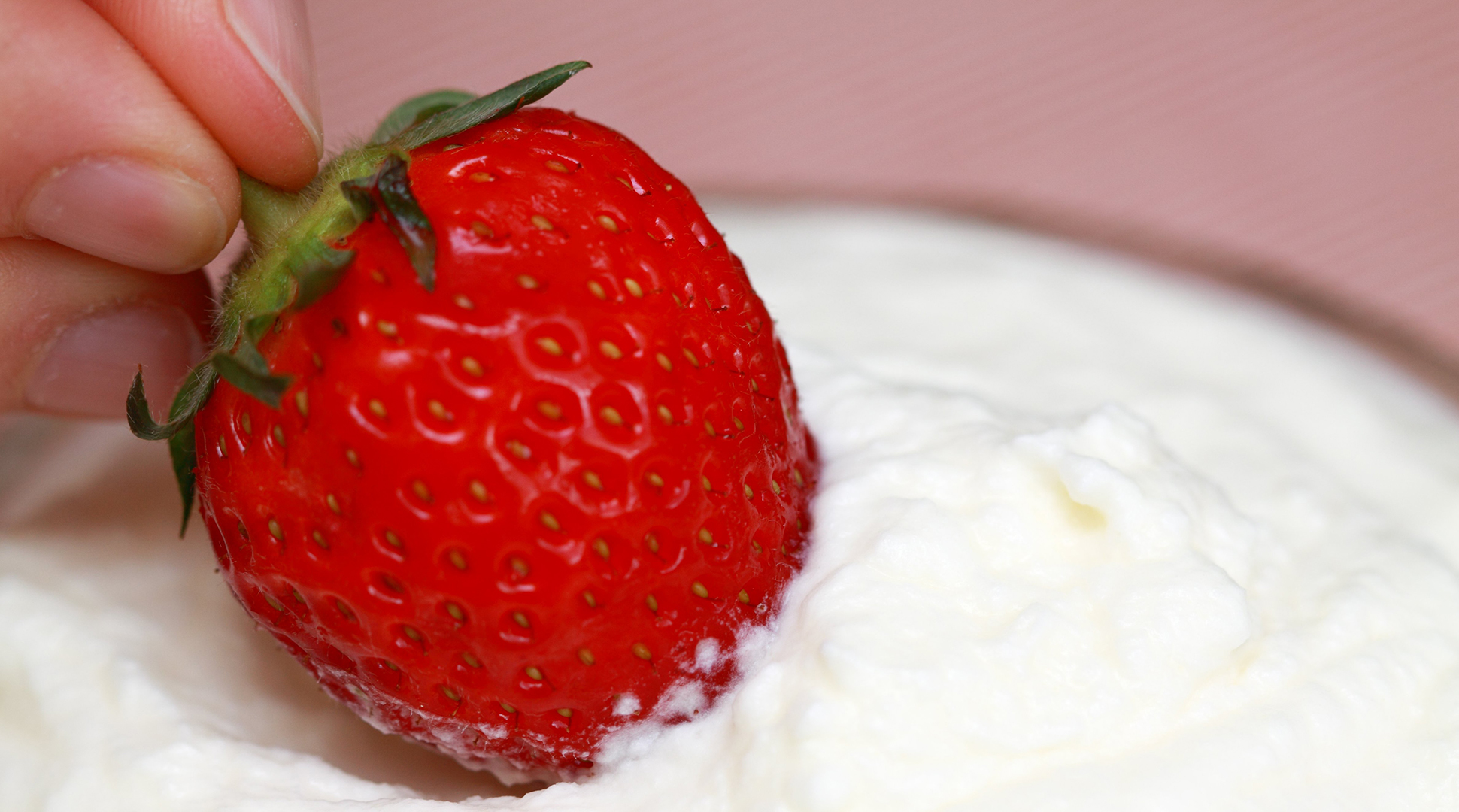By Julie Garden-Robinson, Food and Nutrition Specialist, NDSU Extension
“What’s in the fruit dip?” one of our teenage guests asked.
Oh, no, I forgot to label all the allergens, I thought to myself.
My daughter had informed me that some of her friends were vegetarian. Others were allergic to some foods and intolerant to others. I tried to plan foods that appealed to everyone.
Having made most of the food, I was very familiar with the ingredients.
“The dip contains milk products,” I said.
She looked at me with a confused expression. I realized she wanted the recipe, not the allergen list.
“It has three ingredients: vanilla yogurt, vanilla instant pudding and whipped topping,” I explained. “That’s it.”
“We can get you the recipe,” I added.
“It is so good!” she raved with an emphasis on “so.” She dipped a strawberry in the dollop of dip on her plate.
I could have been doing a study of teenage eating behavior when about 150 of my daughter’s closest friends came over for her graduation party.
However, if I had done a nutrition survey of her friends at her party, my name might have been preceded by “the late” in the future.
Perhaps I exaggerate. In any event, she would not have been happy with me. I was on my best behavior, I think. I was busy restocking food on the buffet table all afternoon.
Observing the teenagers’ dining preferences was interesting. They loved the giant strawberries and purple grapes. They ate all the celery and carrots, but not the grape tomatoes.
The hot ham and cheese sliders were devoured almost as soon as they came out of the oven. They left the chicken tortilla rollups alone.
They ate all the spinach dip and the pita chips but barely any potato chips. Who knew kids liked spinach dip so much?
The cupcakes were a hit. Thank heavens for that. After frosting 200 that morning, I could barely stand.
I do not think we had guests with severe allergies or intolerances. These conditions differ from each other.
A food allergy causes a reaction of the immune system that affects multiple organs. The symptoms might include hives, impaired breathing, cramps and skin rash.
A person with a milk allergy must avoid all milk-containing foods. That includes butter, casein, whey or milk protein products, cheese, sour cream, yogurt and cottage cheese.
Foods with one or more of the eight major food allergens must meet labeling requirements. For example, all Nutrition Facts labels must list “Contains milk” if the product includes a milk-based ingredient.
On the other hand, a person with lactose intolerance lacks an enzyme to digest the sugar in milk (lactose). This is different from a milk allergy.
Food intolerance symptoms typically are not life-threatening and may include intestinal discomfort (pain, gas, diarrhea).
Typically, those with lactose intolerance can drink lactose-free milk or take a lactase enzyme pill before they consume foods containing lactose. Some people with lactose intolerance tolerate cheese or smaller amounts of milk (such as 1 cup) with meals.
At our recent party, I was honoring June as National Dairy Month without realizing it. We served many dairy-containing foods, with Parmesan cheese in the spinach dip, butter and milk in the frosting, yogurt in the fruit dip, cheese in the sandwiches and sour cream in the vegetable dip.
Dairy foods provide a wide range of nutrients, including calcium, potassium, vitamin D, protein and riboflavin (a B vitamin). Most of the nutrients are present naturally in milk.
Consuming dairy products can help build and maintain strong bones. The nutrients in dairy serve a wide range of other functions in our body.
Be sure to read and compare the Nutrition Facts labels on foods to learn more about your food choices.
Here’s the easy-to-make, creamy dip that the teens liked so much, especially with ripe, juicy strawberries. I used a mixer to combine the ingredients thoroughly.
Creamy Fruit Dip
1 (32-ounce) container nonfat vanilla yogurt
1 (8-ounce) container light whipped topping
1 (3.4-ounce) box instant vanilla pudding mix (without added milk)
Mix together ingredients thoroughly with a spoon or electric mixer. Cover and refrigerate for at least 30 minutes. Serve with a variety of fruit such as apple slices, strawberries, grapes and/or melon chunks.
Makes 20 servings. Each serving has 70 calories, 1.5 grams (g) fat, 2 g protein, 13 g carbohydrate, 0 g fiber and 95 milligrams sodium.
(Julie Garden-Robinson, Ph.D., R.D., L.R.D., is a North Dakota State University Extension food and nutrition specialist and professor in the Department of Health, Nutrition and Exercise Sciences. Follow her on Twitter @jgardenrobinson)
